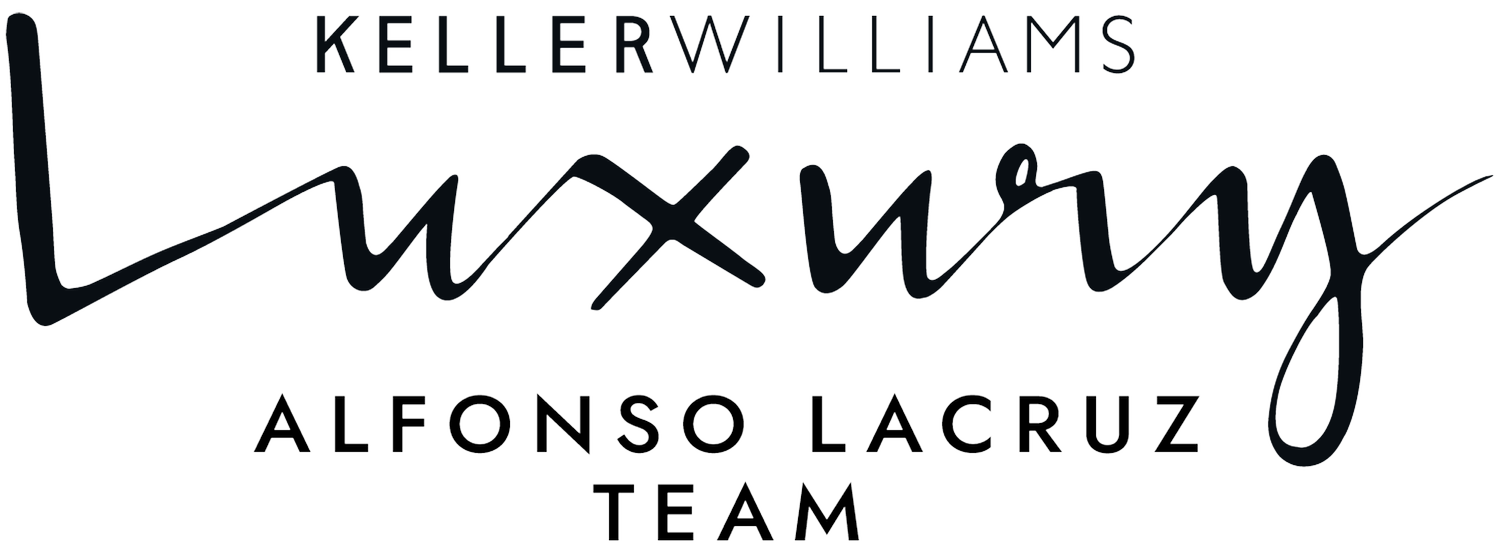I would say, it depends on various factors including the type of asset, the specific property, and the timing of the investment. The primary aim of this article is not to delve into an exhaustive analysis of each real estate asset category as the returns may change for the different options flipping, land development, distressed properties, etc. For instance, land investments often demand more time, whereas distressed properties might yield higher profits, particularly from a short-term perspective where timing is crucial. Investors who ventured into Marbella's real estate market in 2001 or 2013 arguably reaped substantial returns, while those who entered in 2007 faced losses instead of gains. The core idea is to approach real estate investments from a long-term standpoint that is less susceptible to market volatility.
Initially, two primary sources of profit are linked to real estate: income derived from rentals, whether for holidays or long-term leasing, and the appreciation of real estate values, i.e., price increases. Profitability arises from the combination of these two elements.
When examining Chart 1, which illustrates Spain's home profitability (in red) alongside Gross Rental Profitability (in blue) and real estate market price fluctuations (in green), one can discern that the past two decades featured periods of loss, such as 2012, as well as periods of substantial returns, notably from 2001 to 2005, averaging around 17% per annum.
The first component, Gross Rental Profitability, exhibits less volatility than home prices and has remained relatively stable over the past decade, hovering at approximately 4%. Between 2001 and 2013, it experienced more fluctuations but still maintained an average of 3.8%. Taking a 20-year perspective, the overall average stands at 3.9%. However, these percentages pertain to Gross Rental Profitability. But what about Net Rental Income? To obtain the Net figure, operating and maintenance costs must be subtracted, which is estimated at an average of 1.9% of the gross profit. Consequently, the yearly average Net Rental Income is roughly 2%.
The second component, the increase in Marbella's home prices, is summarized in Chart 2. Here, it's observable that the average annual increase over the past two decades stands at 3.5%. There were years marked by substantial price hikes, such as the period from 2001 to 2007, as well as years with price declines, occurring between 2009 and 2013. The current The question then arises: can this be regarded as a sound investment?
Once again, the answer depends on the yardstick used for comparison. Let's explore various investment options to determine where real estate in Marbella stands, as depicted in Chart 4, illustrating the average 20-year trends.
Chart 4 presents a comprehensive view of seven distinct investment assets, showcasing their average annual 20-year returns on investment. Notably, the stock market, particularly the US stock market, emerges as the top performer in long-term returns, followed closely by gold. Bonds, cash, and commodities, on the other hand, offer returns of below 3% on a yearly long-term basis. It's worth noting that there are alternative investments, like cryptocurrencies, that may yield higher returns, but they come with substantial volatility and associated risks. As the adage goes, higher risks can lead to higher returns, but this isn't the kind of investment we aimed to compare with.
To summarize, long-term investing in real estate in Marbella is poised to deliver an average yearly return of 5.5%, a rate that proves quite appealing for a moderate-profile, long-term investor. It's also attractive for individuals who view their property acquisition primarily as a means to relish the high quality of life Marbella has to offer but are mindful that, over the long haul, it can also serve as a sound investment.
CHART 3 - THE LUXURY HOME PRICES IN MARBELLA
CHART 4 - THE LUXURY HOME PRICES IN BENAHAVIS





